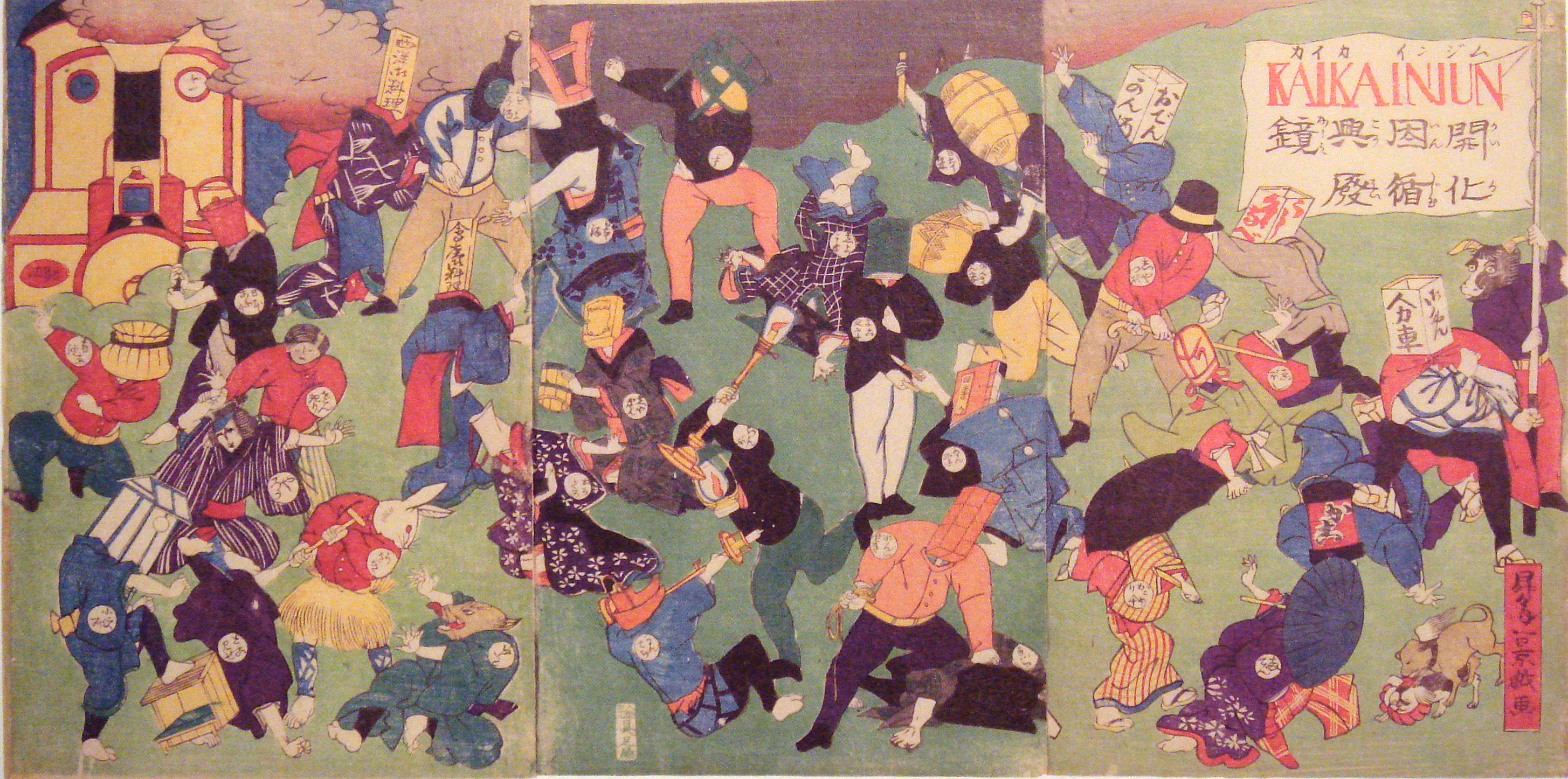Editor’s note: Students have been reading Anne Allison‘s Precarious Japan and are commenting how recent economic and social challenges in Japan are impacting their plans for their futures.
by Kim Chang Hwan
My future dream is to have a job in Japan, as a member of airline company. This is one of my reasons for studying in Japan. My first flight was from Korea to Japan on ANA, one of the Japanese airline companies. The experience I could get at that time was wonderful. Nice service, comfortable seats, and the most wonderful thing was flight itself. Enabling people to go abroad, linking a person with flight… that gave me my dream.
For my future, from next year, when I’m a third-year student, you will find me at the career center or at seminars about airline companies. It seems that the most important thing is making a foothold after graduation and getting a job as my wish.
I also thought about marriage. One of my Japanese friends told me about the “kagami-mochi” theory after we listened about the Christmas cake theory. As we learned in class, the requirement of Christmas cake drops after December 26. That can compare to woman’s marriage age, meaning that after 26, it is hard for a woman to get married. Similarly, a man can be compared with Kagami-mochi. Basically, Japanese people buy Kagami-mochi in January 1. This can calculate as December 32. Yes. As you sensed out of point, this means man’s marriage age is 32.
After I heard about this theory, I thought I needed a systematic plan about marriage before I reach the age of 32 reach because I only have 7 years left. My vision of my wishing for a job is quite positive. In Precarious Japan, Anne Allison has a negative vision about Japan. According to Allison, of course it was before the bubble shock in 1990, people were nervous with their own property and became materialistic. And after the bubble shock, the economic system crashed and a lot of people lost their job. Stable jobs disappeared and the new word “Furita” appeared.
In my opinion, as I mentioned above, airline companies seem stable and one of the great chances for business. The economic shock is now just an old times story. Nowadays, Japan’s economy is high level around the world. For this moment, doing business abroad seems very important. And materialism, actually I don’t think it is bad. With a vision of business, people want to fulfil their desire with materials. However, when they are somewhat satisfied, they want something else, leisure. And that can be travelling. I think airline company is one of the good business which can fill consumer’s demand as I listed above. That is why I think my future job’s vision is positive.

 Comedy duo “Denisu”Here, I would like to bring up the case of Yukio Ueno, a member of the comedy duo ‘denisu’, who is half Japanese and half Brazilian. His character and portrayal in media is a great example of the position of Hafu in
Comedy duo “Denisu”Here, I would like to bring up the case of Yukio Ueno, a member of the comedy duo ‘denisu’, who is half Japanese and half Brazilian. His character and portrayal in media is a great example of the position of Hafu in 














































